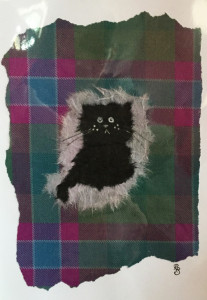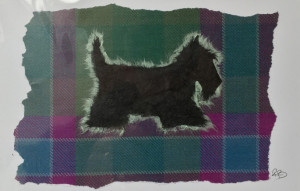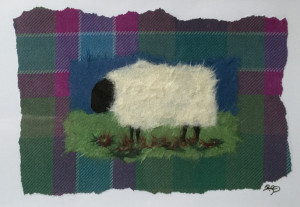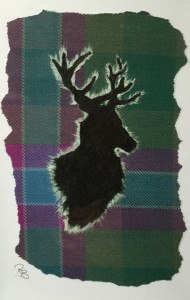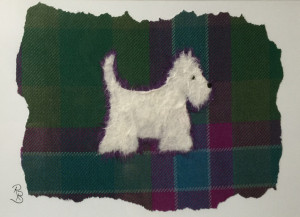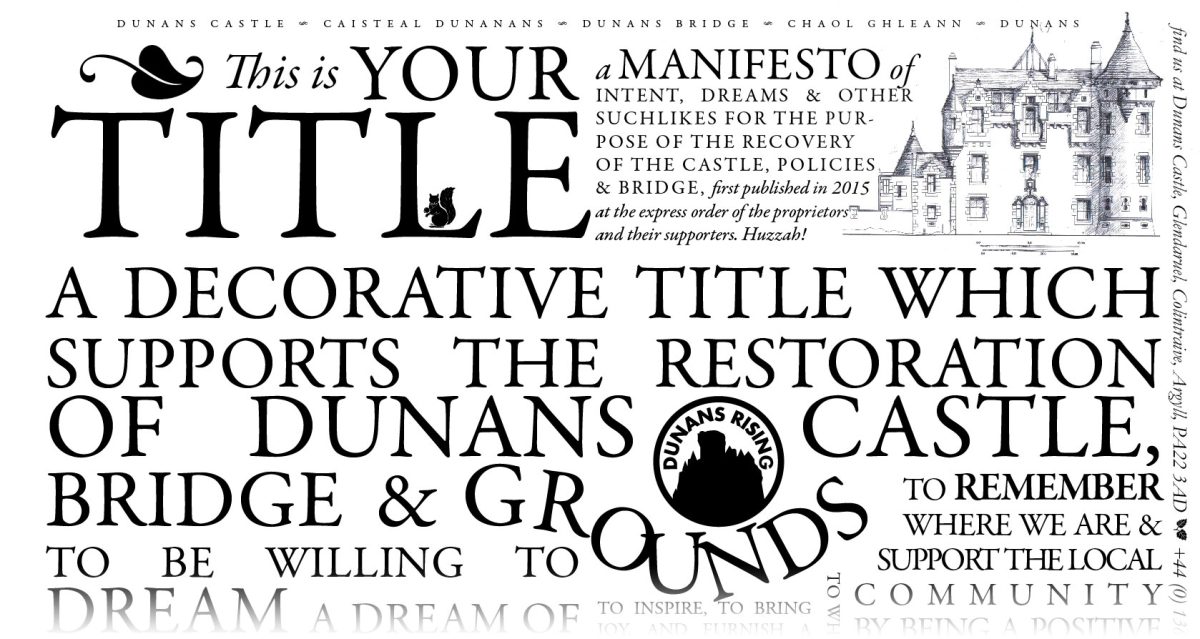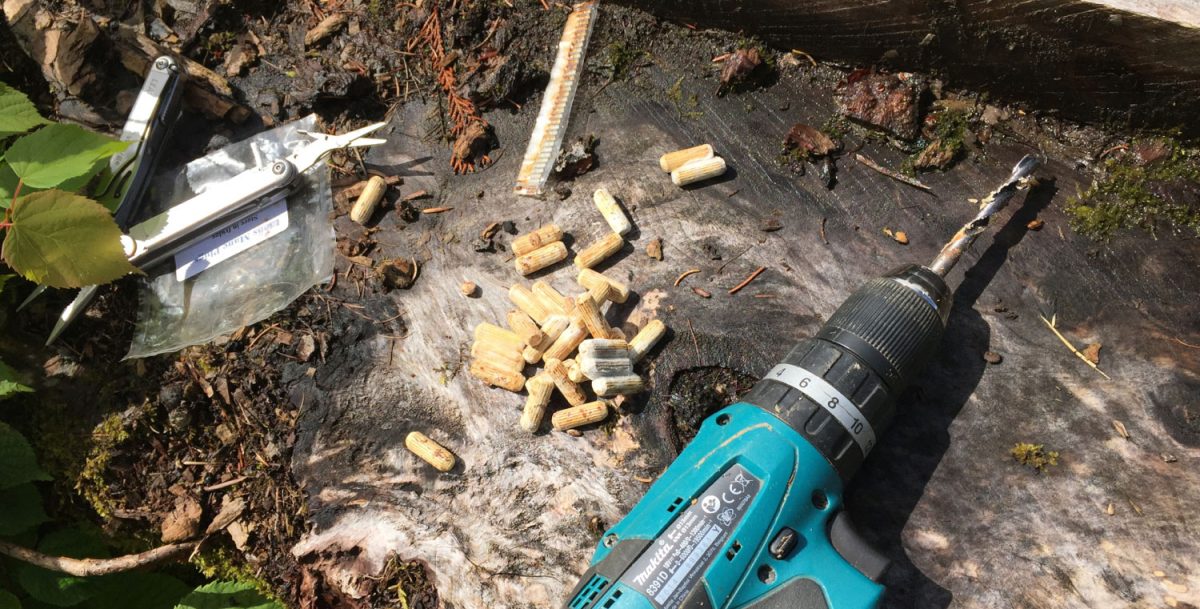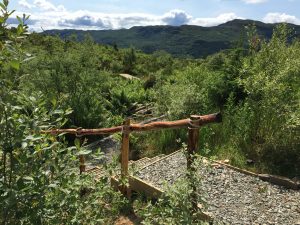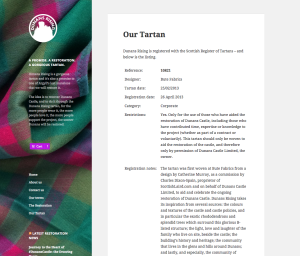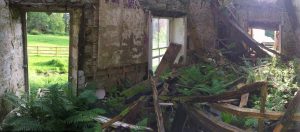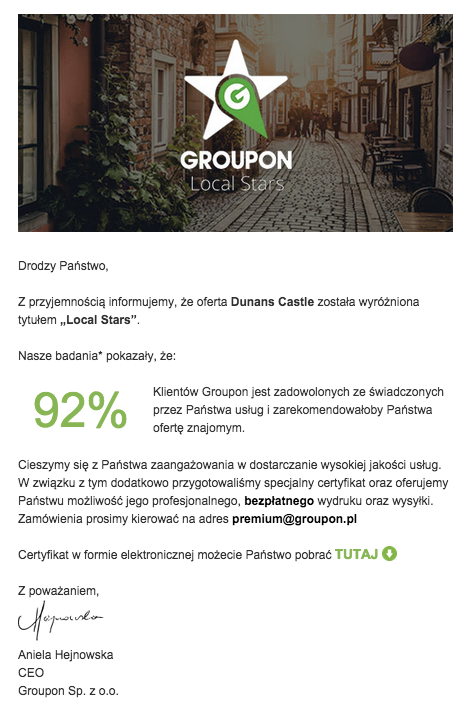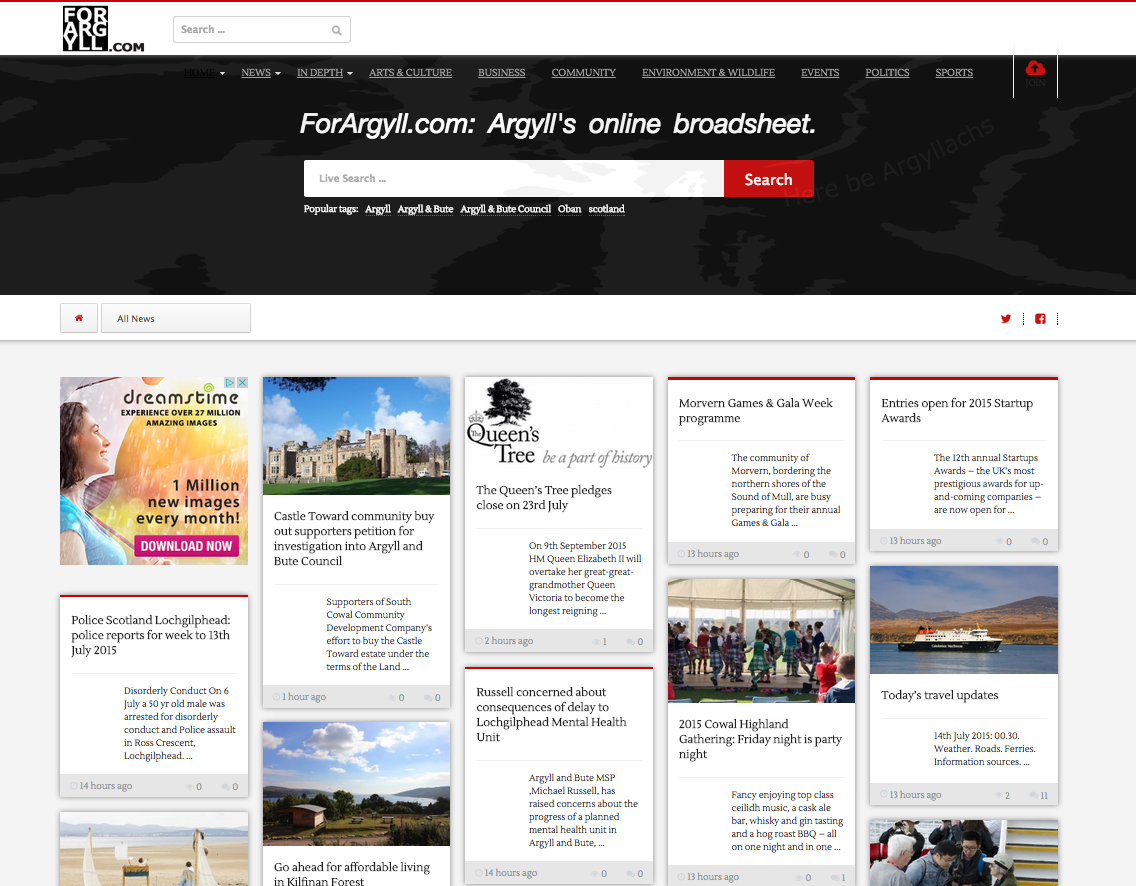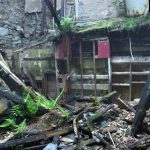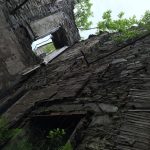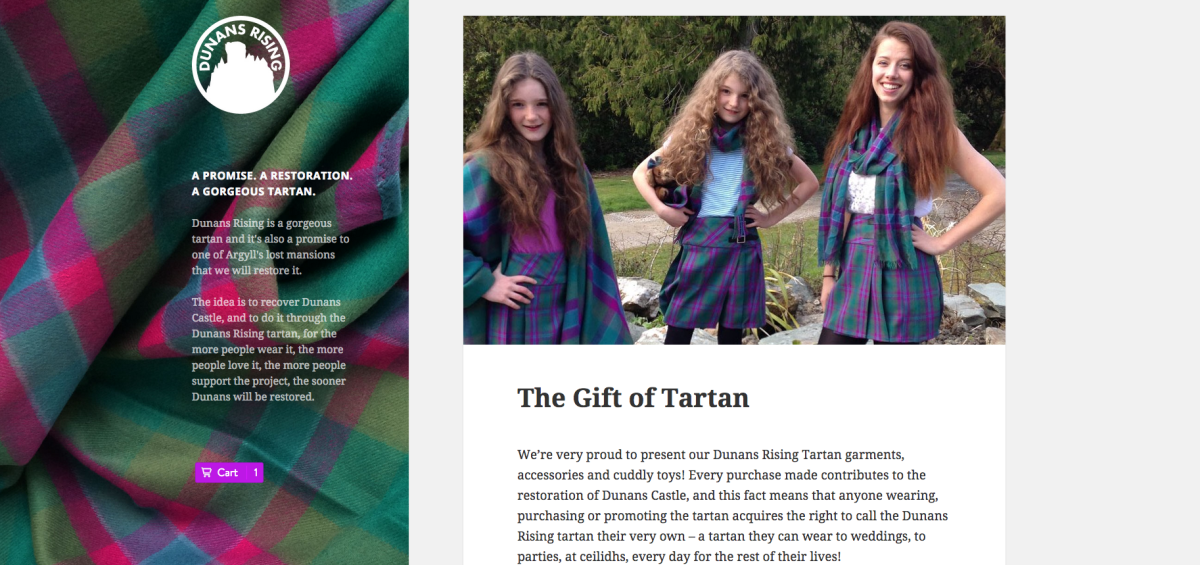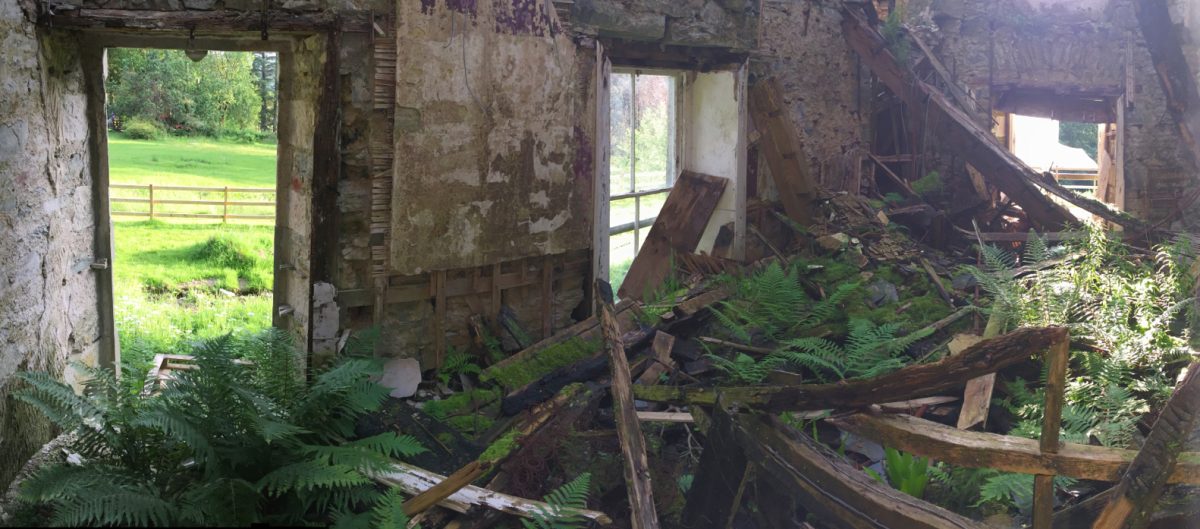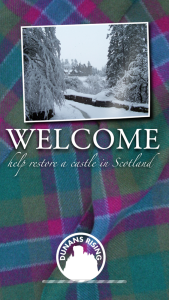Last week I ventured into the library and took some atmospheric pictures of that segment of the castle. This week, or rather over the weekend I ventured into the Drawing Room compartment of the castle to survey the job in hand. As I said last time I am preparing to start the clearance work, and this is the area where we’ll start. This first shot is from the double-width aperture in the south elevation of the castle.
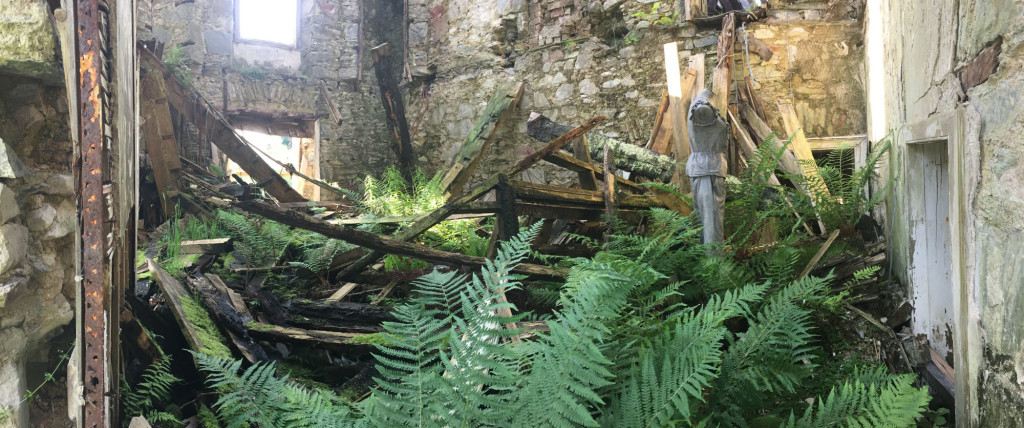 This compartment is as full, if not more so, than the library – it also contains one of Andy McLintock’s sculptures!
This compartment is as full, if not more so, than the library – it also contains one of Andy McLintock’s sculptures!
As you step inside however and look up you are confronted with some safety challenges:
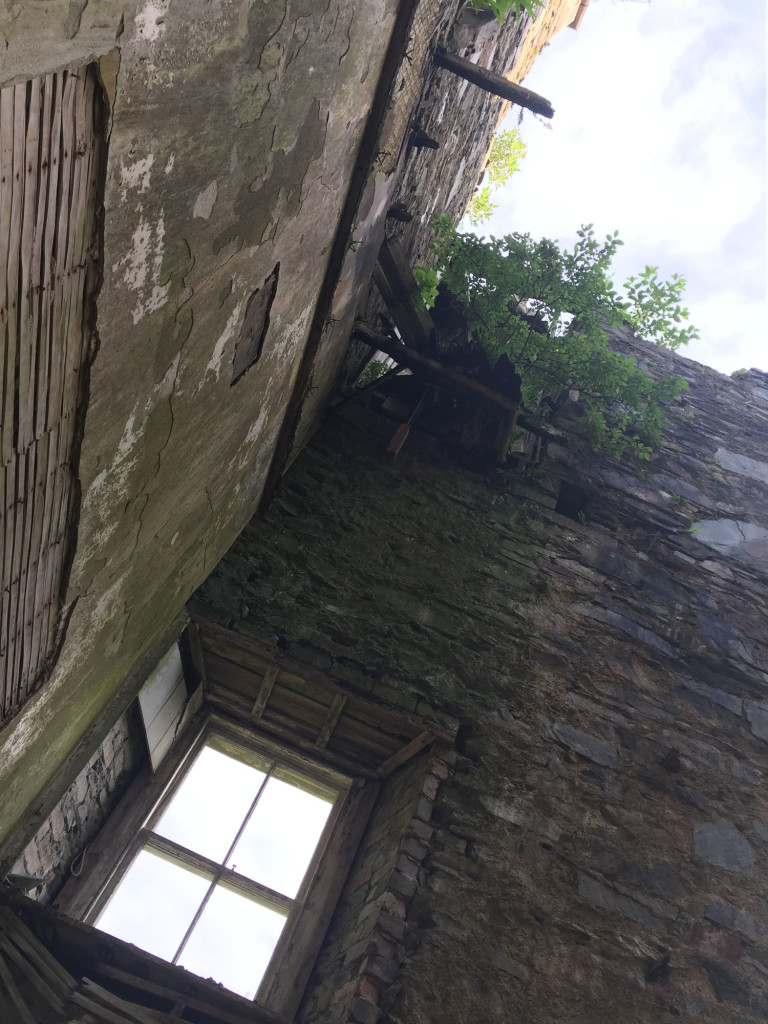 Right above your head is this small, vestigial platform, hanging from which is a sash weight – an actual sword of damocles while the entrance is cleared. This will be one of the first tasks: to remove platform and weight before doing anything further …
Right above your head is this small, vestigial platform, hanging from which is a sash weight – an actual sword of damocles while the entrance is cleared. This will be one of the first tasks: to remove platform and weight before doing anything further …
The wall to the left in the above picture, is shown below at is imposing, vertiginous best below:
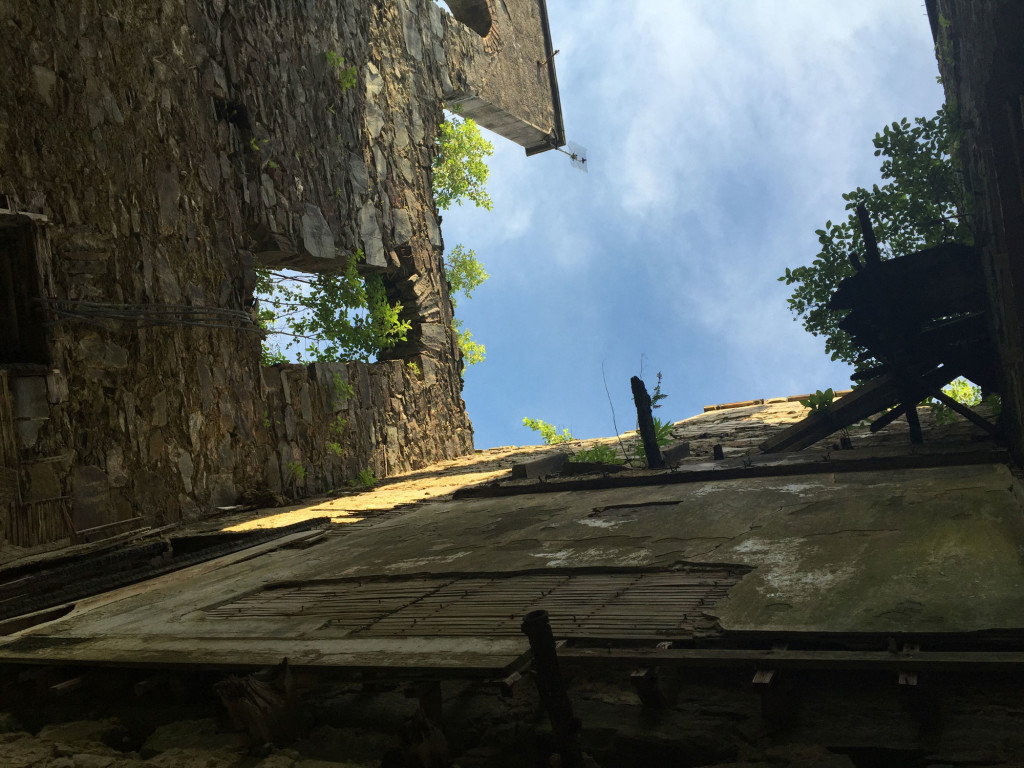 And just to reassure everyone, that this photo, taken from below aforementioned sword of Damocles, was accompanied by as much safety gear as possible!
And just to reassure everyone, that this photo, taken from below aforementioned sword of Damocles, was accompanied by as much safety gear as possible!
To give the viewer a sense of the size of the compartment I took another vertical panorama:
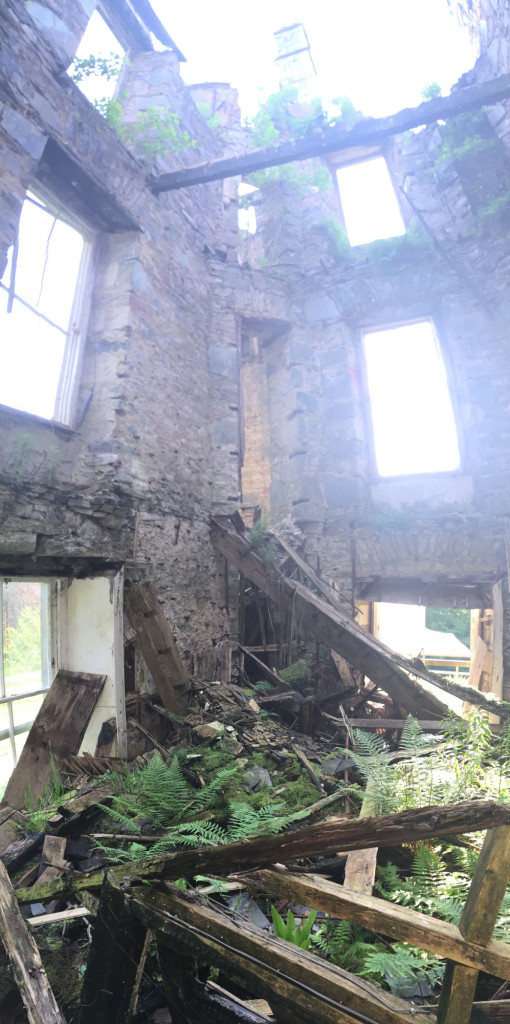 While this is the most accessible of the compartments, there is an awful lot of materiel to clear, not least the wood. Once a path is cleared to the turret we’ll do another series.
While this is the most accessible of the compartments, there is an awful lot of materiel to clear, not least the wood. Once a path is cleared to the turret we’ll do another series.
For now though here’s a final panorama showing the full extent of the infill.



